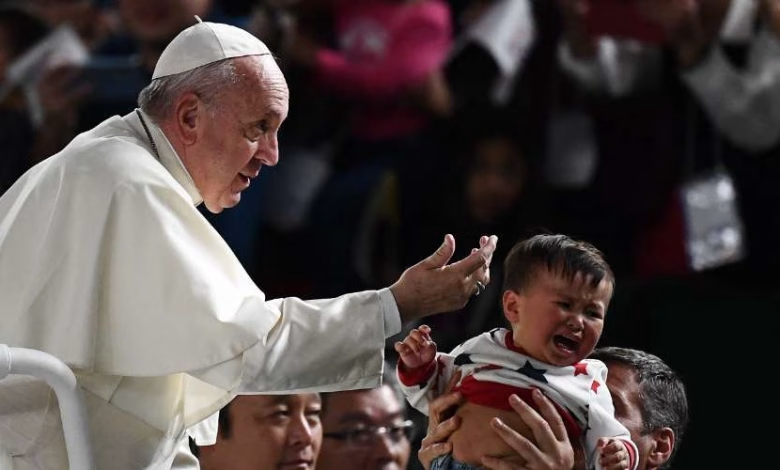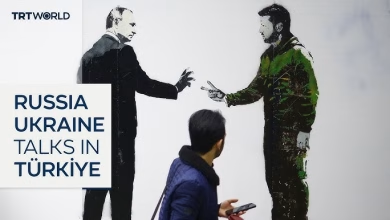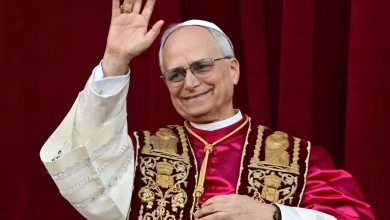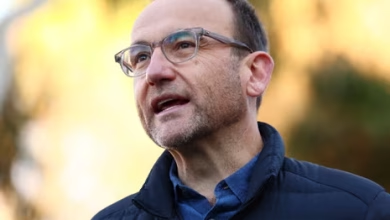Pope Francis Embarks on Historic Asia-Pacific Tour

- Pope Francis has increased trips to Asia.
- No papal visit to China due to bishop appointment disputes.
- Francis travels with medical staff due to health issues.
Pope Francis has arrived in Jakarta, Indonesia, marking the start of his longest and farthest trip to the Asia-Pacific region. During the 12-day journey, he will visit Papua New Guinea, Singapore, and Timor-Leste, the only predominantly Catholic country on the itinerary. The Pope is expected to focus on environmental issues and interfaith dialogue. The trip is particularly challenging as he approaches his 88th birthday in December and continues to face health issues. The Asia-Pacific region is one of the few areas where the Catholic Church is seeing growth in baptisms and religious vocations.
Parts of Pope Francis’s trip, initially planned for 2020 but delayed due to the pandemic, will follow in the footsteps of St. John Paul II, who visited the same four countries during his 27-year papacy. On Monday, the Pope announced on X, “Today I begin an Apostolic Journey to several countries in Asia and Oceania. Please pray that this journey may bear fruit.”
Since his election in 2013, the Pope has emphasized bringing God’s comfort to marginalized and distant communities. He is only the third pope to visit Indonesia, which has the largest Muslim population in the world.
During his four-day visit to Indonesia, Pope Francis is scheduled to visit the main mosque in Jakarta, meet with outgoing President Joko Widodo, and hold a mass for approximately 70,000 people, according to Vatican News. Grand Imam Nasaruddin Umar expressed hopes that the visit will foster dialogue and emphasize commonalities among different religious, ethnic, and belief communities.
Observers note that the visit highlights the Pope’s commitment to improving Christian-Muslim relations, aiming to address historical tensions and promote a new, positive way of engagement. Jonathan Tan, a religious studies expert, commented on the Pope’s goal of moving beyond past misunderstandings.
In Papua New Guinea, the Pope will visit Vanimo to meet with Argentine missionaries working with tribal communities. Missionary Miguel de la Calle hopes the visit will significantly advance evangelization efforts, with people traveling from across the region to see the Pope, some walking for days due to transportation scarcity.
In Timor-Leste, the Pope will hold mass in Dili, at the same location where John Paul II addressed local Catholics in 1989. However, recent reports of home demolitions in the area have cast a shadow over the visit, with nearly 90 residents displaced.
The trip will conclude with a visit to Singapore, where the Pope will celebrate Mass at the National Stadium, which seats 55,000 people.
Over the past decade, Pope Francis has significantly increased his engagement with Asia. Early in his papacy, he traveled to South Korea, Sri Lanka, the Philippines, and Japan, where only 0.5% of the population were Catholics at the time. He has also visited Bangladesh, Mongolia, Myanmar, and Thailand.
However, no pope has yet visited China due to strained relations between the Vatican and the Chinese Communist Party over bishop appointments. An agreement reached in 2018 allows the Vatican some influence in these appointments.
For this trip, Pope Francis will be accompanied by a doctor and two nurses amid concerns about the impact of the demanding itinerary on his health. Francis, who had part of his lung removed earlier in life, has been dealing with respiratory and mobility issues that have led him to miss some weekly Sunday blessings. He also canceled a trip to Dubai for the UN climate meeting last November due to lung inflammation.





